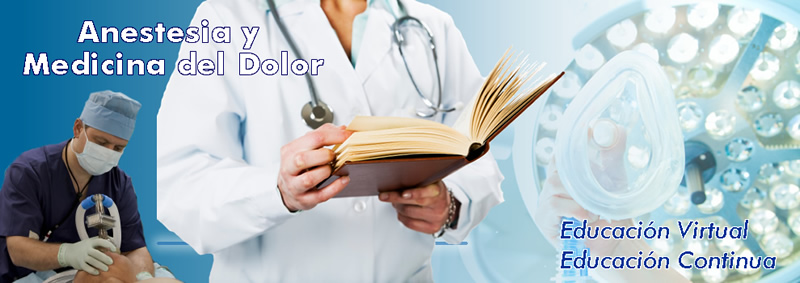Calidad del sueño y alteraciones del ritmo circadiano en UCI. Una revisión
Sleep quality and circadian rhythm disruption in the intensive care unit: a review.
Nat Sci Sleep. 2017 Nov 10;9:277-284. doi: 10.2147/NSS.S151525. eCollection 2017.
Abstract
Sleep and circadian rhythm are reported to be severely abnormal in critically ill patients. Disturbed sleep can lead to the development of delirium and, as a result, can be associated with prolonged stay in the intensive care unit (ICU) and increased mortality. The standard criterion method of sleep assessment, polysomnography (PSG), is complicated in critically ill patients due to the practical challenges and interpretation difficulties. Several PSG sleep studies in the ICU reported the absence of normal sleep characteristics in many critically ill patients, making the standard method of sleep scoring insufficient in this patient group. Watson et al proposed a modified classification for sleep scoring in critically ill patients. This classification has not yet been validated. Sleep disturbance in the ICU is a multifactorial problem. The ICU environment, mechanical ventilation, medication, as well as the critical illness itself have been reported as important sleep disturbing factors. Secretion of sleep hormone, melatonin, expressing circadian rhythmicity was found abolished or phase delayed in critically ill patients. Various interventions have been tested in several studies aiming to improve sleep quality and circadian rhythm in the ICU. The results of these studies were inconclusive due to using the sleep assessment methods other than PSG or the absence of a reliable sleep scoring tool for the analysis of the PSG findings in this patient population. Development of a valid sleep scoring classification is essential for further sleep research in critically ill patients.
KEYWORDS: critically ill patients; environmental factors; mechanical ventilation; melatonin; polysomnography; sedation; sleep patterns
| 

